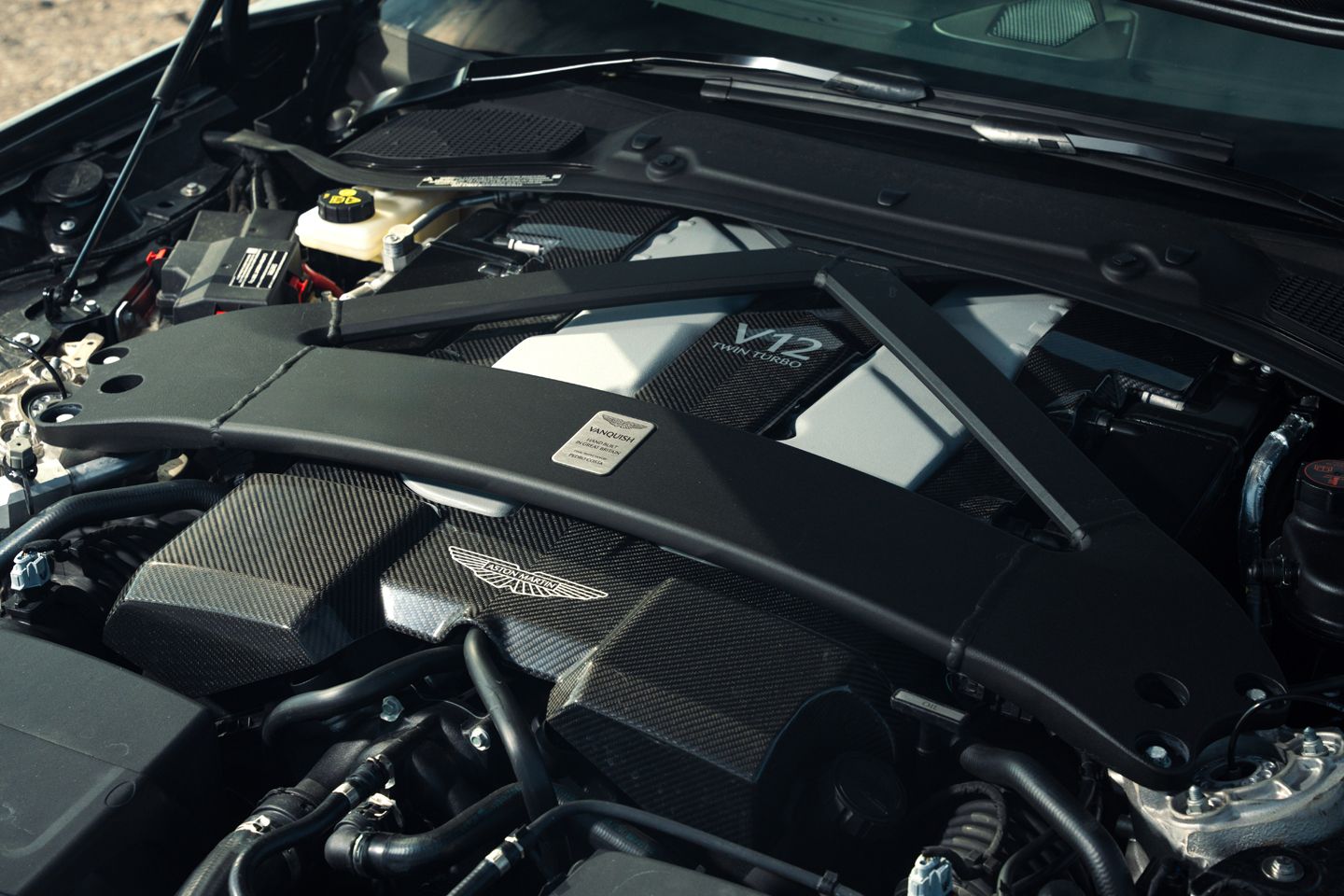
Let’s get out of bad news in the first way: the changes made to delegate the zero emissions will not change the basic path of the combustion engine in the United Kingdom. The vast majority will require a degree of electricity by 2030 and by 2035 (except for another seismic transformation in the current situation), all of which will be disappeared from the galleries. But the new plan for the government – which is driven by the recently announced US tariff that has been framing as part of a broader strategy for “British Business Support” – brings an important silver lining to what was previously a dark cloud.
More importantly, for readers of these pages is to emphasize that “small -sized and micro companies” will be exempted from expensive EV sales targets. McLaren and Aston Martin specifically in the government’s press release, although the continuous immunity of ZEV extends to any company that produces less than 2500 cars per year, which means that a group of other British brands – Catersham, Morgan and Ariel among them – raises the formation of its assortment before 2035 in a way that cannot be continuing commercially.
Indeed, “some of the most famous jewelry in the UK’s car industry” has been preserved as the main cause of the decision, and although it does not remove the commitment to move to a battery -running solution, these companies will undoubtedly estimate the additional breathing room – and the solid lines that they now put on their future development plans. Truck makers (and buyers) of trucks will be happy with the same: Those who include internal combustion engines will get implementation, and will remain for sale alongside hybrid and electric commercial vehicles completely until 2035.

For higher -sized manufacturers, 2030 is still a large speed stubbornness, although the authorization framework has been reviewed to give companies “greater freedom in how to meet the target pressure on the industry.” Given the extreme ZEV failure to think (or prediction) in the case of the retail market, specifically the volume of demand for electric cars, the decision to allow the sale of continuous hybrid cars until 2035 was likely to be taken. Distinguished short on technical details (the government simply refers to Toyota Prius and Nissan on success), it remains even at this stage, yet it will be clear that the tape will be low enough to include hybrids that do not require the connection of its batteries.
As you may expect, this will suit the main manufacturers that have re -discovered permanent attention to the PVs of gasoline (Bentley and Land Rover prominent among them) in addition to apparently obtaining customer approval from ever to buy one. It is also useful to help the aforementioned car makers exceed the targets of reducing carbon dioxide, which in turn makes compliance with the updated ZEV delegation easier to achieve through the CO2 trading scheme for non -zero resurrection.
Although companies are still moving towards a mixture of 80 percent EV sales by 2030, they will get increased flexibility to miss their annual goals, provided that they can compensate for the teams in subsequent years. Plaster thieves remains at the time, but is larger thanks to long timelines and reduced fines. The government may have continued to do so – last Friday suggested that the additional incentives were required to raise the electric battery market to what is the best share in the market 19.4 % that it recorded in March – but in his statement, the Prime Minister reiterated a broader political concern: “[These changes] It will help ensure that the local companies that are known for the export of British cars built by British workers all over the world, and the industry can look forward with confidence, in addition to returning with pride. ”
